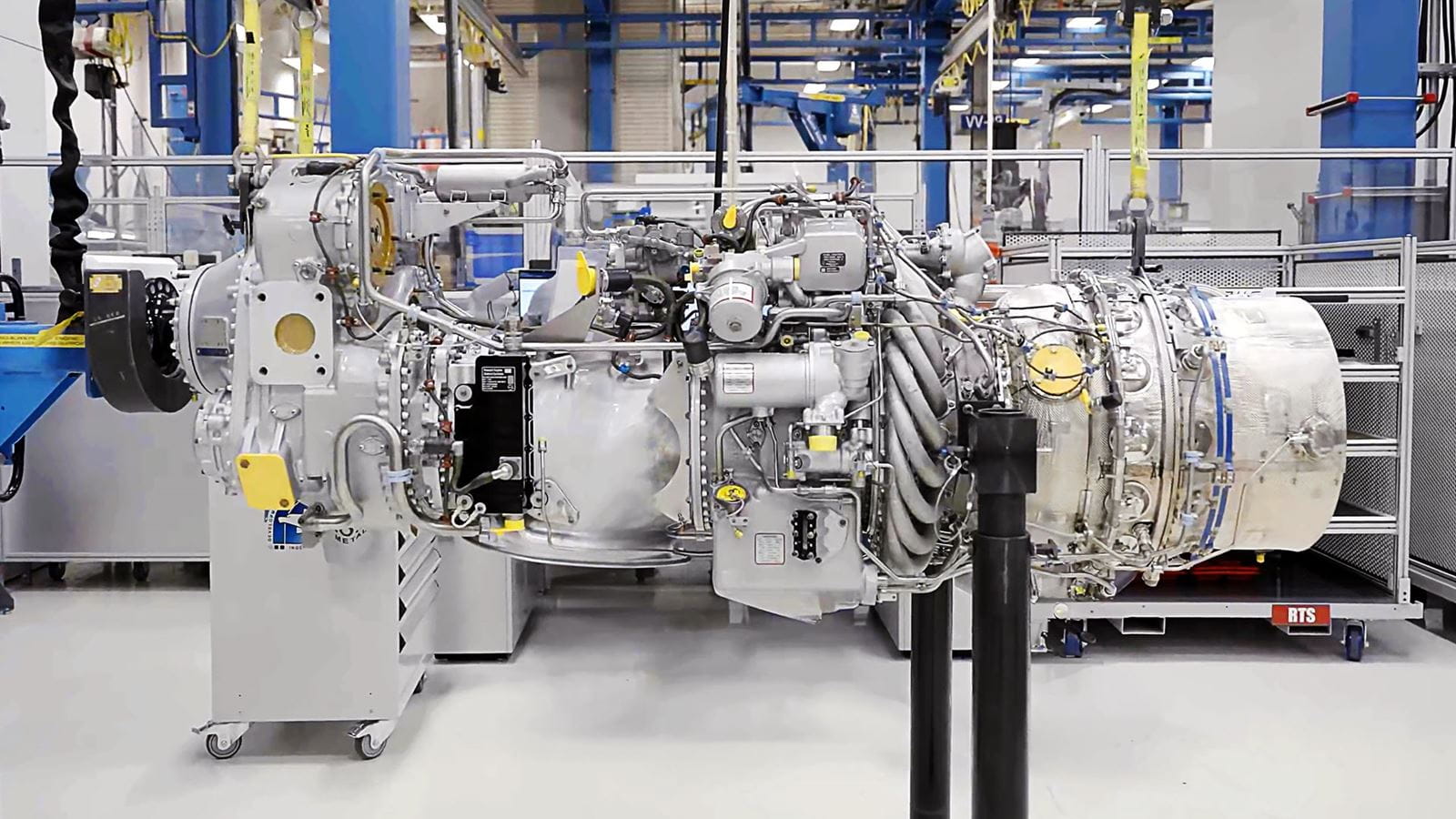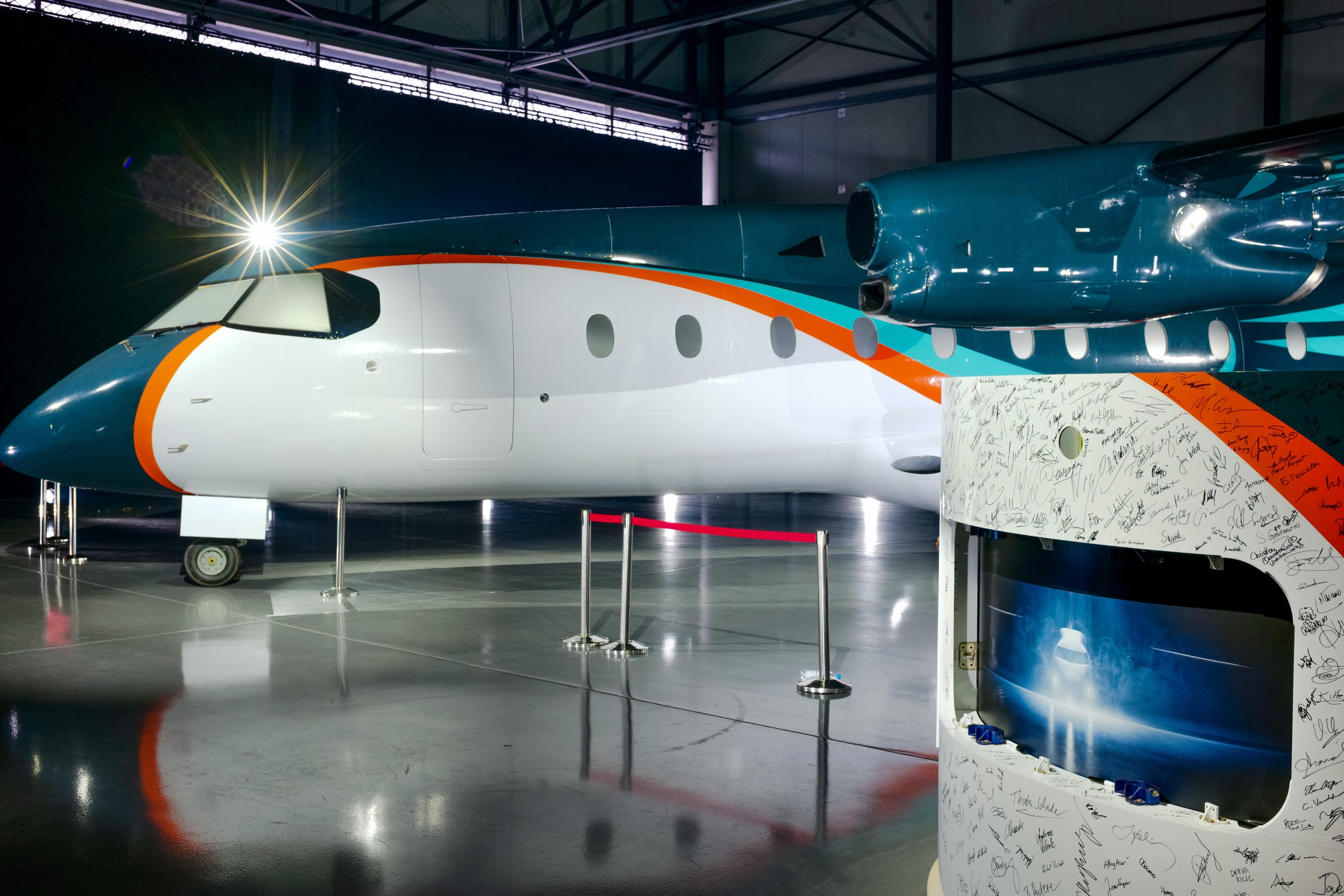Pratt & Whitney Canada ships first engines for D328eco as Deutsche Aircraft advances programme

November 18, 2025

Pratt & Whitney Canada has delivered the first PW127XT-S development engines for Deutsche Aircraft’s D328eco programme, marking a key step toward the regional turboprop’s first flight and eventual service entry, currently targeted for 2027.
The engines have now arrived at the manufacturer’s facilities in Oberpfaffenhofen, where they will be prepared for installation on the initial test aircraft, known as TAC1.
The PW127XT-S is the latest evolution of the long-running PW100 turboprop family, an engine line that has been used for regional operations for more than forty years and amassed more than 208 million flying hours.
D328eco builds on decades of aircraft building
Pratt & Whitney Canada says the new variant incorporates improvements to core components and maintenance intervals, aiming to deliver improved fuel efficiency and longer time-on-wing compared with earlier models in the series.
The broader PW127XT sub-family has already accumulated several hundred thousand in-service hours with operators worldwide.


TAC1 incorporates 60% existing Dornier 328 components, and is 40% new. The aircraft will be used for validating the aircraft’s handling characteristics.
TAC2 has all D328 eco type design systems, and will be used for systems testing, while TAC3 will conform 100% with the D328 eco, and will be fully equipped with the final standard components and systems. It will also be the first aircraft to be built in Leipzig.
Deutsche Aircraft intends the twin-engined D328eco to serve as a modern successor to the Dornier 328 turboprop, with a stretched fuselage enabling a 25% increase in seating capacity over the legacy model.
Alongside the airframe changes, the aircraft is designed to achieve up to 14% lower fuel burn per seat, aided partly by the efficiency gains expected from the PW127XT-S.



The company is pairing the new powerplant with a new avionics suite and updated systems architecture.
Increased payload, lower fuel use and updated flight deck
Pratt & Whitney Canada vice-president of sales and marketing Scott McElvaine said it was important that the D328eco had “dependable propulsion technology” which would make it a “highly compelling aircraft”, and emphasised the manufacturer’s focus on incremental advances in turboprop technology.
He highlighted the engine’s projected operating-cost benefits and durability as key contributors to the D328eco’s market proposition.
“The PW127XT-S builds on our decades of experience in turboprop propulsion and incorporates the latest innovations to enable industry-leading fuel efficiency and time on wing,” he said.
Deutsche Aircraft chief executive Nico Neumann said that the aircraft’s increased payload, lower fuel use and updated flight deck architecture are intended to align with the needs of operators pursuing fleet renewal over the coming decade.
Both partners are also progressing work on sustainable aviation fuel (SAF) compatibility. The D328eco and its PW127XT-S engines are being developed to meet emerging requirements for 100% SAF use.
Featured image: P&W
















